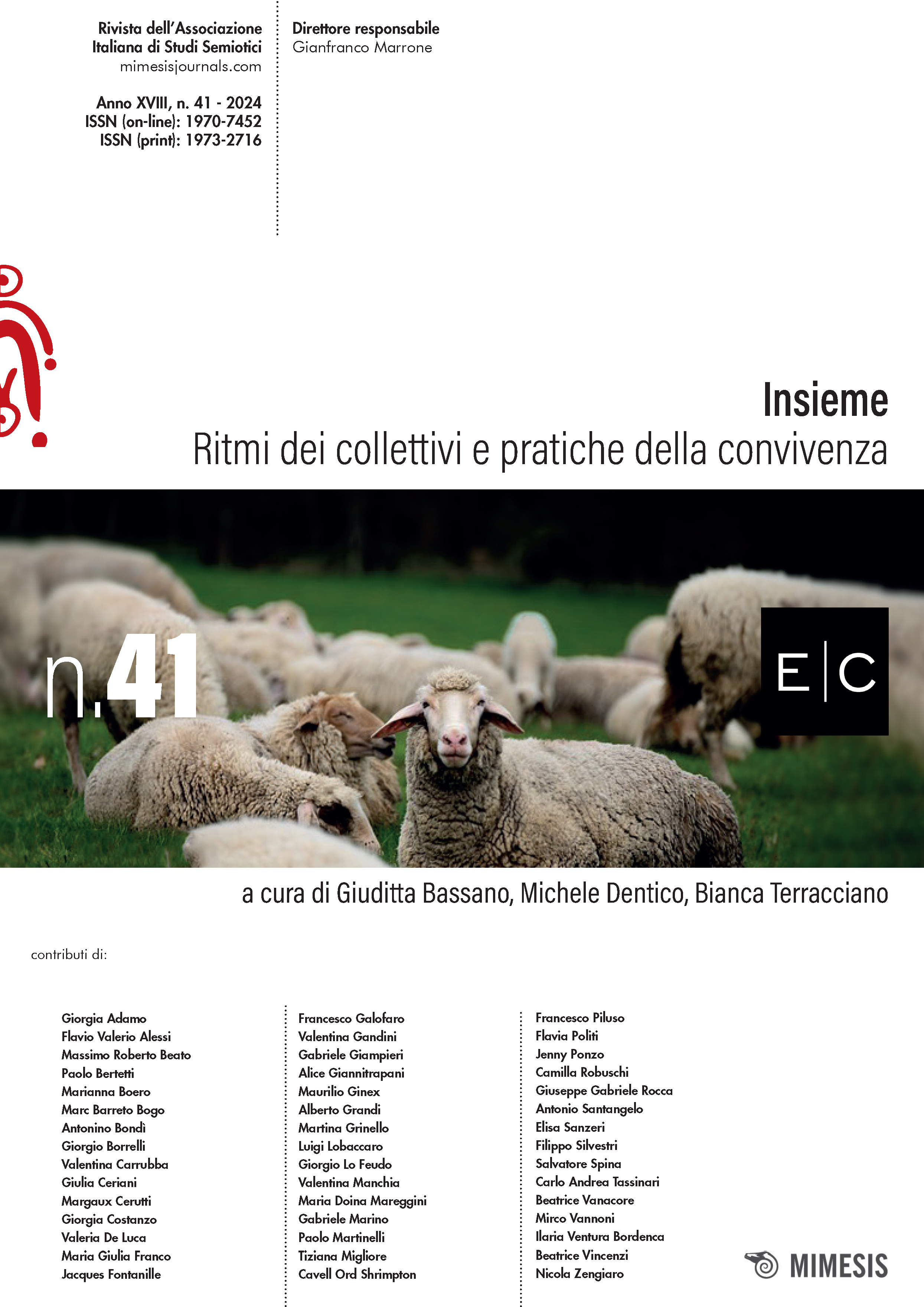Of Mirrors, Masks and Concentric Worlds. A Semiotic Analysis of Narratives of bullying and Cyberbullying for Teenagers
Abstract
This article focuses on the discourses and narratives about bullying and cyberbullying, in particular on the literature proposed to young people to explain and evaluate these phenomena and thus to guide their actions. The study of a representative sample of texts published in Italy (a country where public opinion and institutions seem to pay particular attention to these phenomena) reveals recurring narrative structures and figures (masks, mirrors, isolation and concentricity, martyrdom and redemption). These figures are analyzed through the lens of relevant semiotic concepts and theories, such as Foucault’s on the mirror, Bakhtin’s on the mask, Eco’s on possible worlds, and Lotman’s on the semiosphere. In particular, the analysis shows how the narratives of bullying and cyberbullying tend to present a kind of closed and self-referential bubble, isolated from the wider semiosphere and functioning similarly to a deforming mirror or a dysphoric possible world in which the actors involved seem to be trapped.



